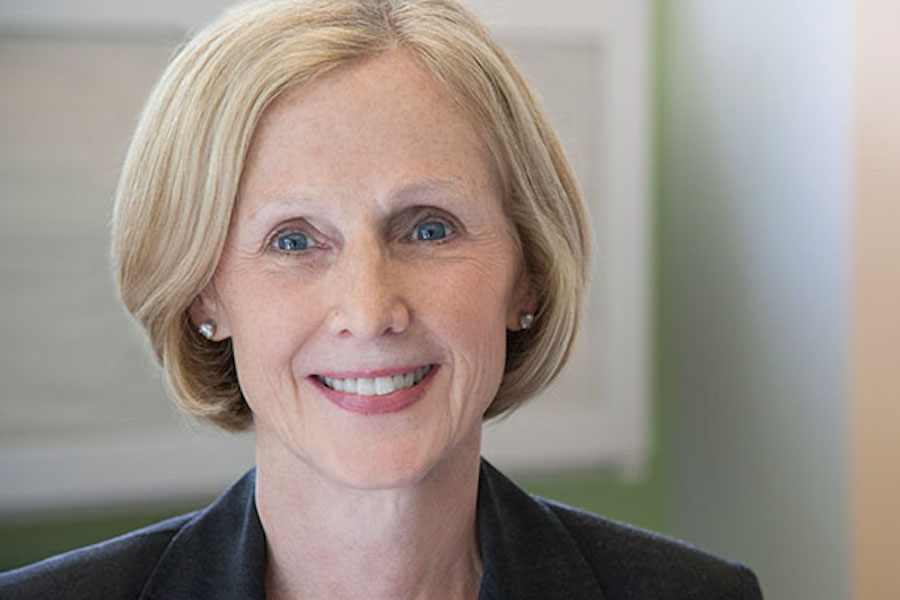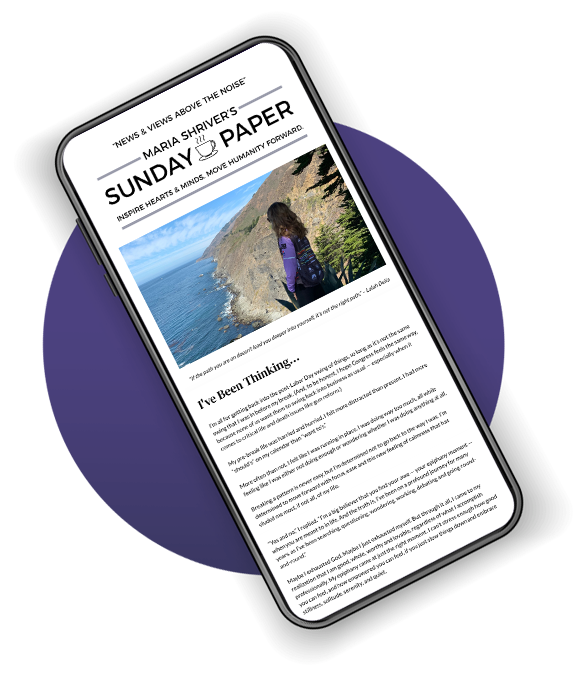We all build homes tailored to our individual preferences and needs, so why should care facilities for seniors be treated any differently?
That’s the philosophy behind Ganzhorn Suites, an innovative and advanced specialized living facility in Powell, Ohio, that is specifically designed for residents with Alzheimer’s and other dementias.
Eleanor Alvarez is the founder and CEO of Ganzhorn Suites, which opened about a year ago. After decades working in senior care, Eleanor had come to realize that those with Alzheimer’s and other dementias needed – and deserved – a place that was tailored to their condition and their lives. After extensive research, Alvarez developed Ganzhorn Suites as a facility that is uniquely designed to give those residents a safe and home-like environment in which to live. It is named in memory of her grandmother, who herself had Alzheimer’s.
“I know we could do better,” Eleanor said. “We can do better in diagnosis and in treatment of Alzheimer’s, but ultimately we can also really do better for our families who need this around-the-clock care.”
Eleanor shares more of her story and the philosophy behind Ganzhorn Suites below.
1.) What inspired you to develop the Ganzhorn Suites?
I’ve been in the field for a very long time. I’ve been in and out of many different care facilities and all along, I realized that the group of residents I was most drawn to were ones with dementia. And yet, they’re the ones that got probably the least therapeutic care model. Individuals with Alzheimer’s are often times left behind, and quite frankly it’s because of a perception that they don’t know where they are anyway. That’s horrible. They really do understand and know and feel so much more than we realize.
2.) What makes your memory care center unique?
The first is the design. We created a center with four different households – four smaller communities that have a kitchen, dining area and living area, with six living suites built around it. This breaks the environment into smaller spaces. If you’re having trouble remembering where you’re going, this design creates a hub. It’s a way to bring people together and it helps people remember where their room is and where they’re going. It’s also built in a circular pattern. Alzheimer’s patients tend to wander and pace a lot, so it’s set up in a circular path so they can continue to walk and exercise and get energy.
The second thing is technology. We use a real-time location tracking system where we can literally see where everyone in the building is on a map. All of our staff have iTouches and get sent alerts if someone is in closer proximity to a door or in proximity of someone they don’t get along with.
Finally, the third thing is our staff. We train everyone to be certified dementia care practitioners. There’s a patient-practitioner ratio of 5:1. That’s higher than you typically see. Our building design helps the staff have a smaller number of people to take care of, and it helps the residents get to know their caregivers. We train and work with our staff to make sure they understand the unique characteristics of the residents and how to best motivate them, so they can stay as vibrant as possible.
 3.) What sort of transformations have you seen in the residents at Ganzhorn Suites?
3.) What sort of transformations have you seen in the residents at Ganzhorn Suites?
The institutional life that many people have in long-term care facilities can be really depressing. We had a couple of residents come to us from much more institutional environments and they became much more alert. They were able to be up longer and engage longer in activities. One person who hadn’t spoken in two months said his wife’s name for the first time after two days at Ganzhorn.
You can feel what we’re doing. If you can bring something small to someone who’s lost so much, it’s a victory.
4.) How have the families of those with Alzheimer’s and other dementias benefited from your center?
The center is more therapeutic and more homelike, and that benefits the residents and the families. We have at least four people in our center who were diagnosed in their 50s, and there’s one resident who has three children – two in college and one still in high school. His wife came to us at Christmas and said, “I want to have the whole family here and spend the night on Christmas Eve.” Since we’ve only been open for a year, we had some empty suites. She brought her brother and sister and cousins and nephews, and they all stayed in different rooms. Two of the kids even dressed up as elves and handed out presents to the other residents. The put up six Christmas trees. For them, it was like they were able to have Christmas again. And their father stayed up and was alert. They really believe he engaged with what was going on.
5.) What’s the one thing you wished more people realized?
Even though many of our residents can no longer communicate with us, I really believe that there is so much awareness that’s still inside of them. We really need to try to connect with that individual using our voices, smell, warm touches and hand-holding. We’ve got to recognize that they are still wonderful human beings and wonderful mothers and fathers and husbands and wives and continue to connect in any way possible.



